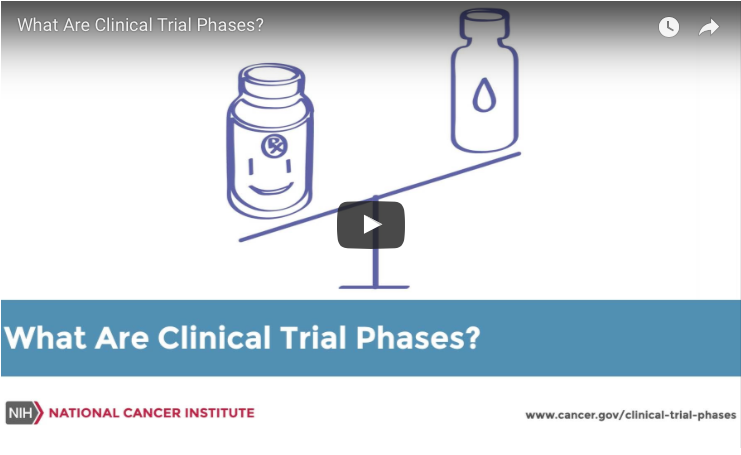In this whiteboard animation video from the National Cancer Institute, find out how clinical trials work and why they’re so important in advancing cancer treatments.
MORE: Six things to know about using medicinal marijuana.
The narrator explains that there are three different phases of a clinical trial and that if a treatment is found to be successful in one phase, it can progress to the next.
The first phase is a small trial usually involving less than 30 people. There are three main goals in this phase: to determine a safe dose of treatment, how to administer the treatment, and how the treatment affects the body.
The second phase of a clinical trial is a slightly bigger trial, including up to 100 people. It studies how the treatment affects the body and how it works in treating certain types of cancer. If it’s found to be safe and beneficial, then it can move on to phase three.
Phase three of a clinical trial can involve hundreds or even thousands of people. Participants are often split into two groups with one receiving the new drug or treatment and the other receiving an existing treatment. This allows researchers to directly compare the efficacy of the new drug.
Enrolling in a clinical trial offers patients a chance to try new drugs before they’re approved. It also helps researchers find better ways of treating cancer patients.
MORE: Five tips to help prevent lung infections
Mesothelioma Research News is strictly a news and information website about the disease. It does not provide medical advice, diagnosis or treatment. This content is not intended to be a substitute for professional medical advice, diagnosis, or treatment. Always seek the advice of your physician or another qualified health provider with any questions you may have regarding a medical condition. Never disregard professional medical advice or delay in seeking it because of something you have read on this website.


